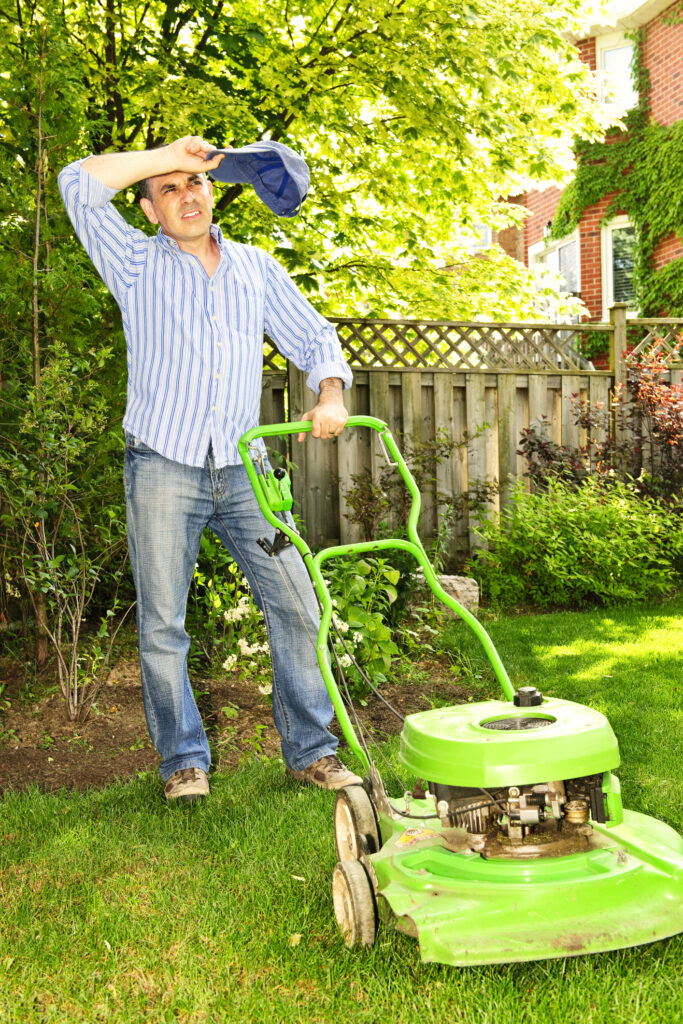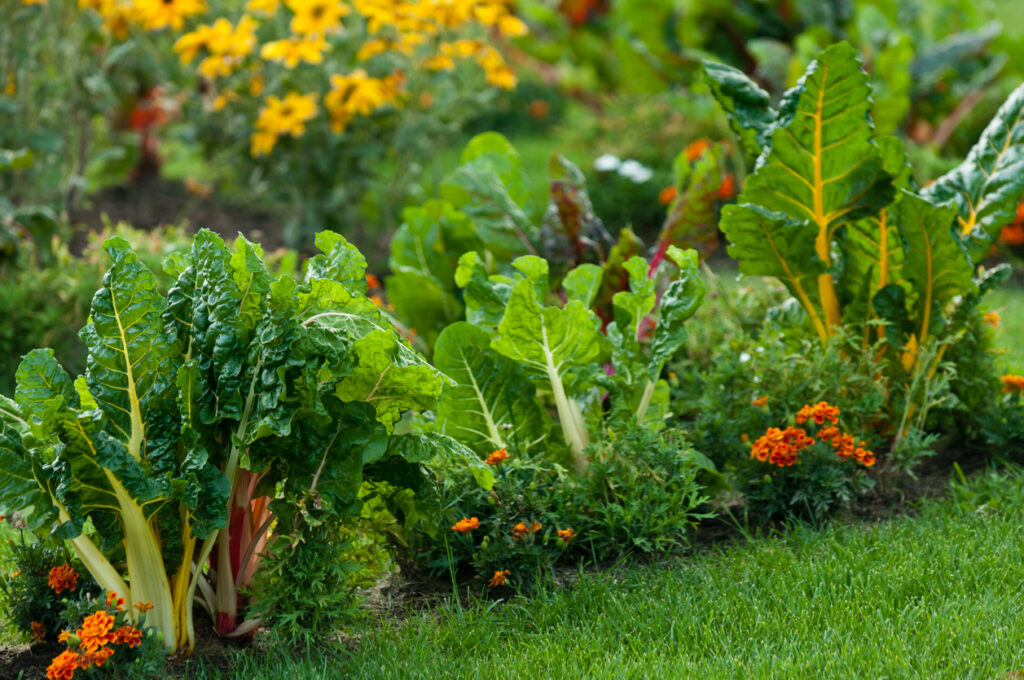Give Your Lawnmower a Break!
 July 29, 2022
July 29, 2022As we head into August, almost half of the state is experiencing abnormally dry conditions, including parts of Lehigh and Bucks counties. And according to Drought.Gov, “43.61% of the U.S. and 51.94% of the lower 48 states are in drought this week.” Eight states have been added to the drought list since June.
While we’ve been fortunate here in the Lehigh Valley, it’s always a good idea to conserve water. And at this time of year, keeping your lawn that perfect shade of green is one of the biggest water wasters of all.
That’s because in the hotter months, most grasses slow their growth. When you reduce your watering schedule accordingly, or eliminate watering your lawn altogether, it will go dormant. And while it may turn brown while it’s napping, it won’t die. The next time it rains, that grass will perk right back up again.
Egad! A Brown Lawn?
Now, before you dismiss the idea of a lawn that’s not the perfect shade of golf course green, consider these benefits:

- No mowing! When your lawn is dormant, you can leave the lawn mower in the shed (or tell the landscaping crew to stay home). Worried that it’s looking uneven? Set your deck to a higher cutting height, and just trim the mangy spots to keep everything level.
- No mowing! You won’t have to pay the neighbor kid (or the landscapers) to keep your lawn perfectly manicured while you’re away on vacation.
- No mowing! Did we mention you don’t need to mow your lawn if it’s not growing?
Sit back, let your lawn turn brown, and enjoy a frosty beverage on the deck instead.
(Or maybe use that extra time to find new recipes for all the zucchini you grew this
year …)
What About No Lawn At All?

As environmental awareness increases and climate change intensifies, a lot of folks are opting to eliminate their lawns altogether.
Some convert them into amazingly efficient vegetable gardens. Others just let their grass grow; replace turf with native species; or turn their lawn into a wildflower meadow.
In California, some homeowners have found that covering their grass with sheets of cardboard and mulch — which kills the grass while preserving the topsoil — and then planting native species has saved time, money and water. No more grass to mow, but plenty of butterflies and birds that are attracted to the much more earth-friendly replacement!
If you won’t consider letting your lawn go dormant, at the very least spruce up your sprinklers!